There's a certain charm to seeing a dog rolling merrily on its back, paws flailing in the air, and a look of pure bliss on its face. But have you ever paused and wondered why dogs engage in this peculiar behavior? While it may seem like a simple act of frivolity at first glance, rolling on their backs is a complex form of communication that dogs use for various purposes. In this guide, we'll delve into the captivating world of canine behavior to help you understand when dogs are rolling on their backs, what they're trying to communicate, and how our understanding and response can help foster a stronger bond with our beloved four-legged companions.
1. The Belly Rub Invitation
Perhaps the most common reason dogs roll on their backs is to solicit belly rubs. Dogs are inherently social creatures, and physical contact plays a crucial role in their social interactions. Belly rubs are a form of petting that many dogs find particularly pleasurable. By rolling onto his or her back, a dog is trying to say, "I trust you, and I'm comfortable enough with you to expose my belly for some rubs." It's a sweet gesture of trust and affection. However, it's important to remember that not all dogs enjoy belly rubs. Some may feel vulnerable and exposed in this position. It's essential to pay attention to your dog's body language and respect their boundaries to ensure a positive interaction.
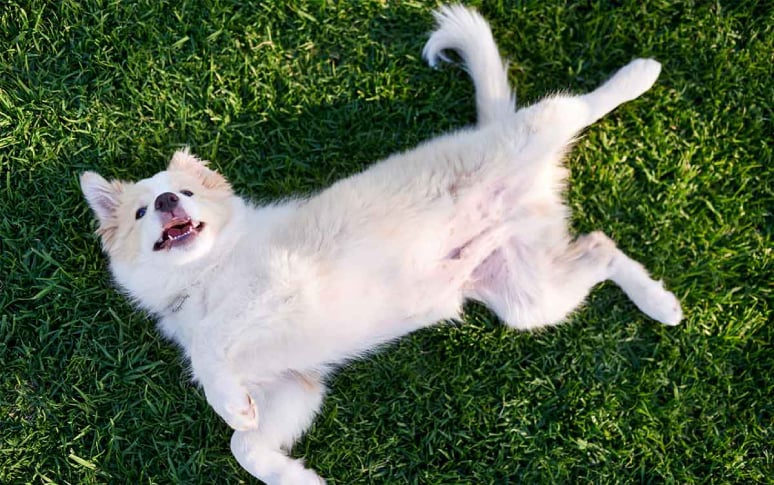
2. Submissive Behavior
In the complex social hierarchy of dogs, rolling to the back can also be a sign of submission. This behavior often occurs when a dog is interacting with a more dominant dog or human. By exposing their belly, they are showing vulnerability and inferiority, signaling that there is no threat. This behavior can cushion conflicts and maintain social harmony within the pack. Yet it's important to note that forced submission can be stressful for a dog. Therefore, it's crucial to ensure that interactions with other dogs or humans are positive and respectful so that the dog will feel safe and secure.
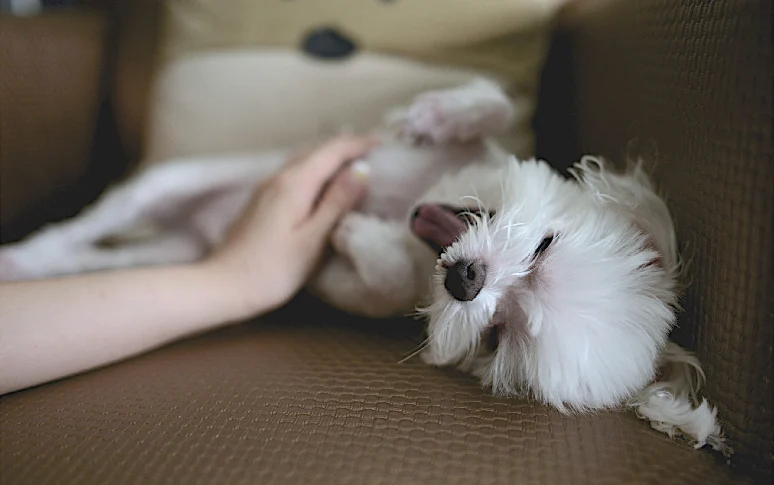
3. Scent Marking
Dogs possess an incredible sense of smell and rely heavily on scent for communication. Rolling in grass, dirt, or even on items with strong odors like garbage or carcasses is a dog's way of picking up and spreading scent. This behavior serves several purposes. It can help a dog mark its territory, communicate with other dogs, or even disguise their scent while in the wild. While this behavior is natural and normal for dogs, it can sometimes result in messy or smelly situations. If your dog is an avid roller, regular baths and grooming can help keep them clean and odor-free without hindering their instinctual behavior.
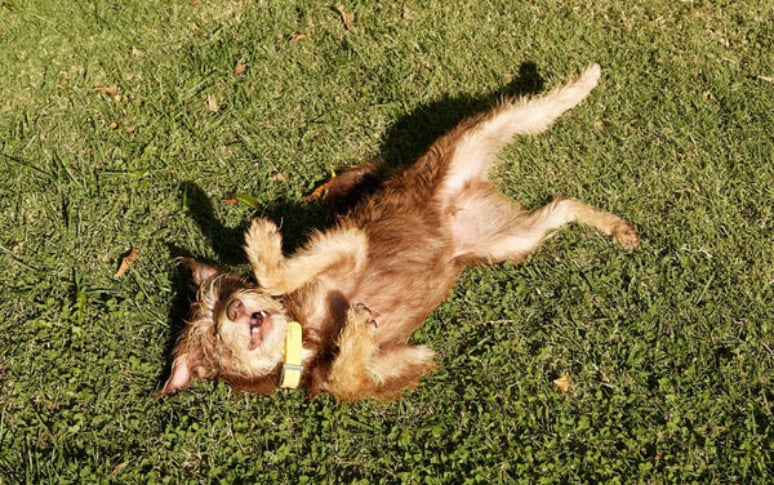
4. Comfort And Play
Often, dogs roll on their backs simply because it feels good. Rolling can help scratch an itch, and the act of rolling itself can be a form of self-play. Some dogs also roll on their backs during play sessions as a defensive strategy. By rolling on their back, a dog can use their hind legs to fend off playful attacks from other dogs. This tactic is typically accompanied by other playful behaviors, such as wagging tails, play bows, and bouncy movements, indicating a friendly encounter rather than a threat.
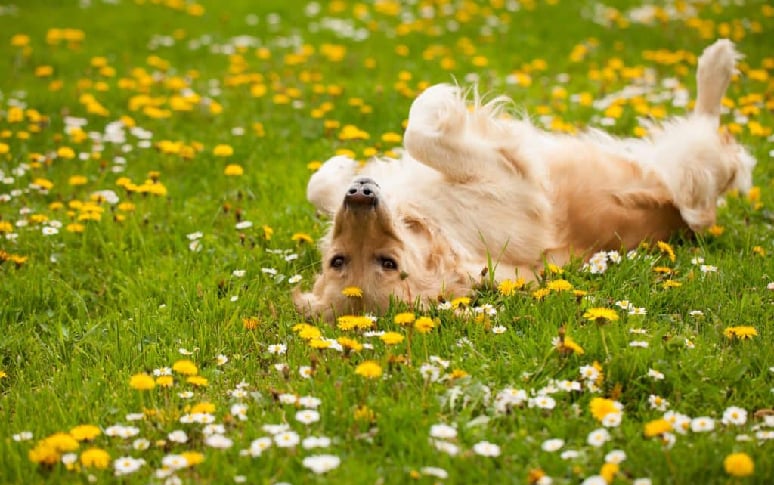
5. Sign Of Illness
While rolling on the back is generally a normal, healthy behavior, it can sometimes be a sign of illness or discomfort. If your dog is rolling on their back excessively, or if they appear to be distressed while doing so, it could indicate a medical issue. Skin conditions, ear infections, or neurological problems can all cause a dog to roll on its back. Other signs of potential health issues can include changes in appetite, lethargy, behavioral changes, or other unusual symptoms. If you suspect your dog may be ill, it's always a good idea to consult a vet. Early detection and treatment can best ensure your dog's well-being.
Every dog is an individual with a unique personality and preferences. Some dogs may frequently roll on their backs, while others rarely display this behavior. Observing your dog's body language and reactions to different situations can give you valuable insights into their likes and dislikes, their comfort level with various activities, and their preferred communication methods. This understanding can help you build a stronger bond with your dog, enhancing your relationship and making you a more effective and empathetic pet parent.
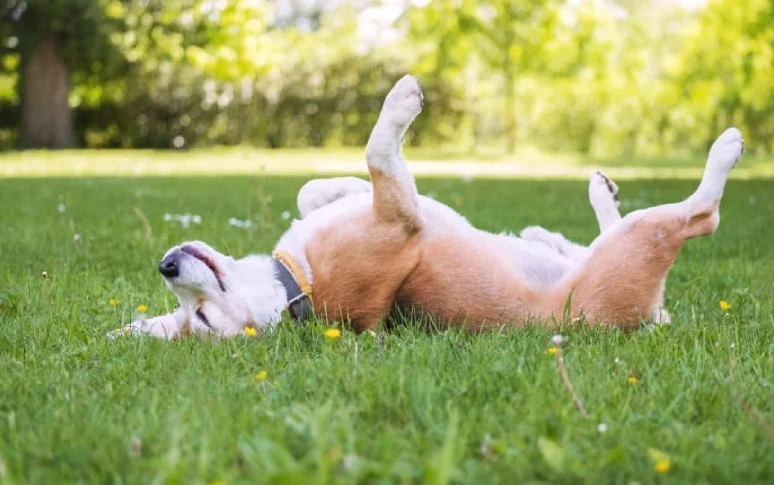
Was this page helpful? Give us a thumbs up!












